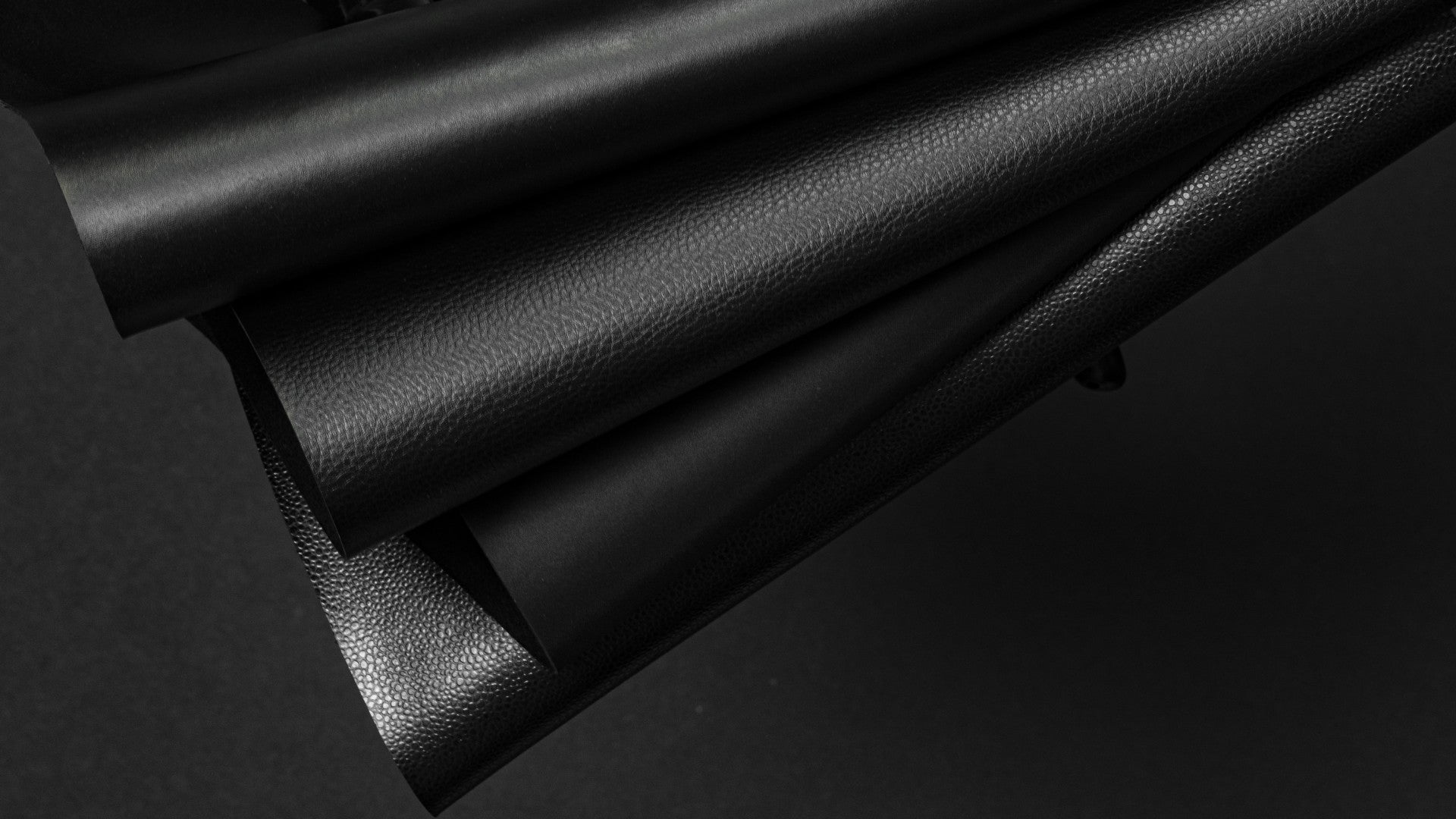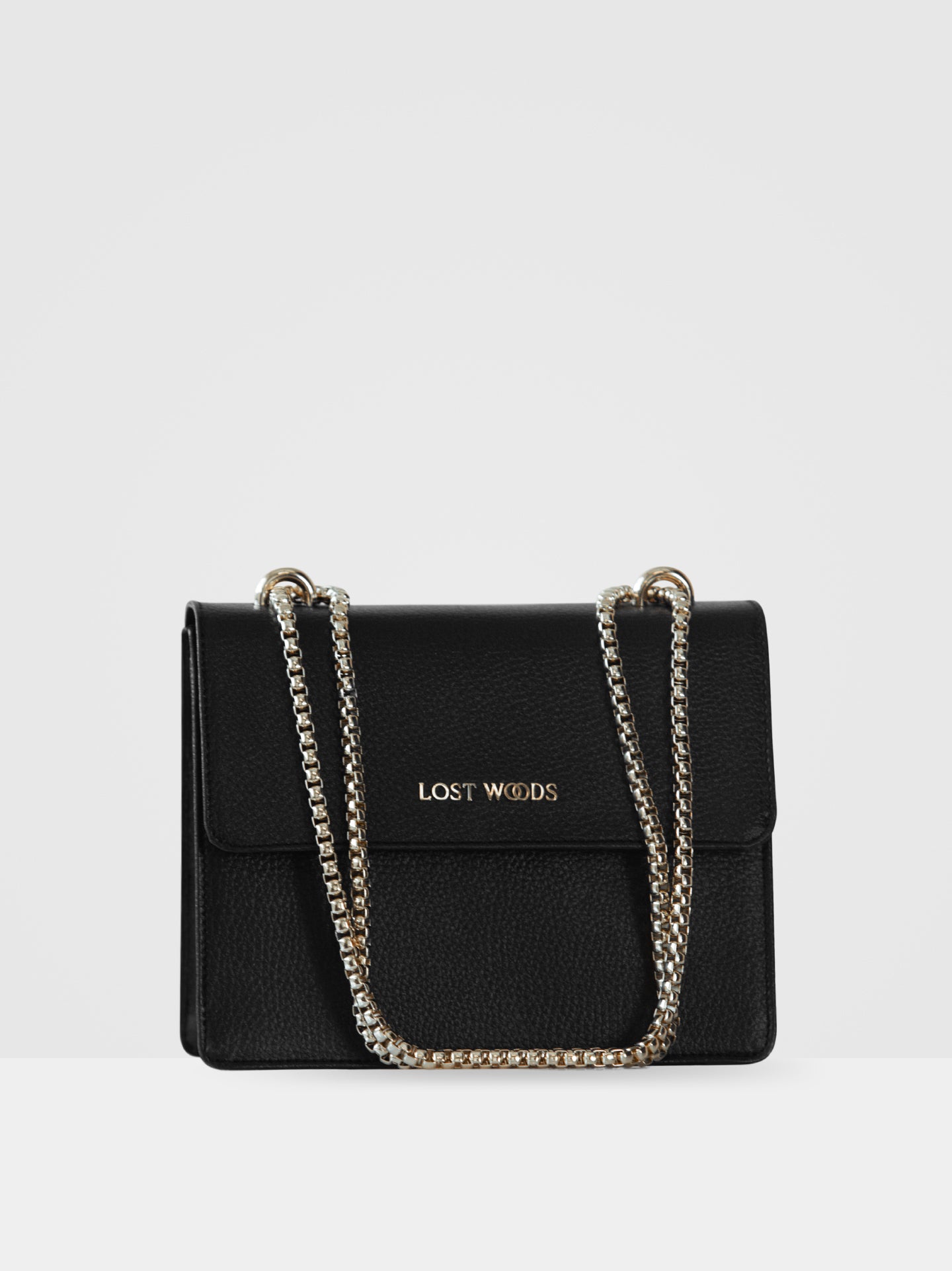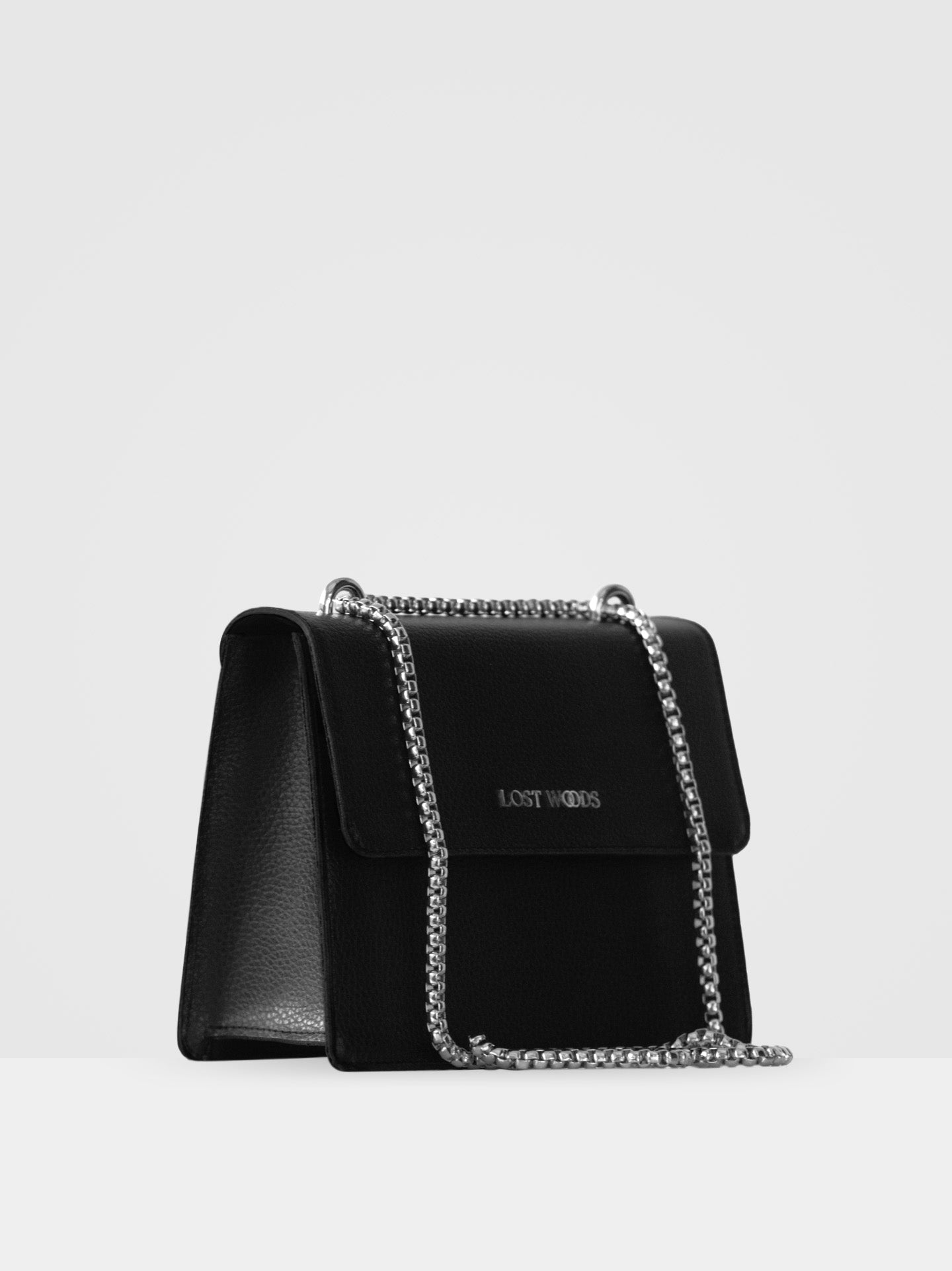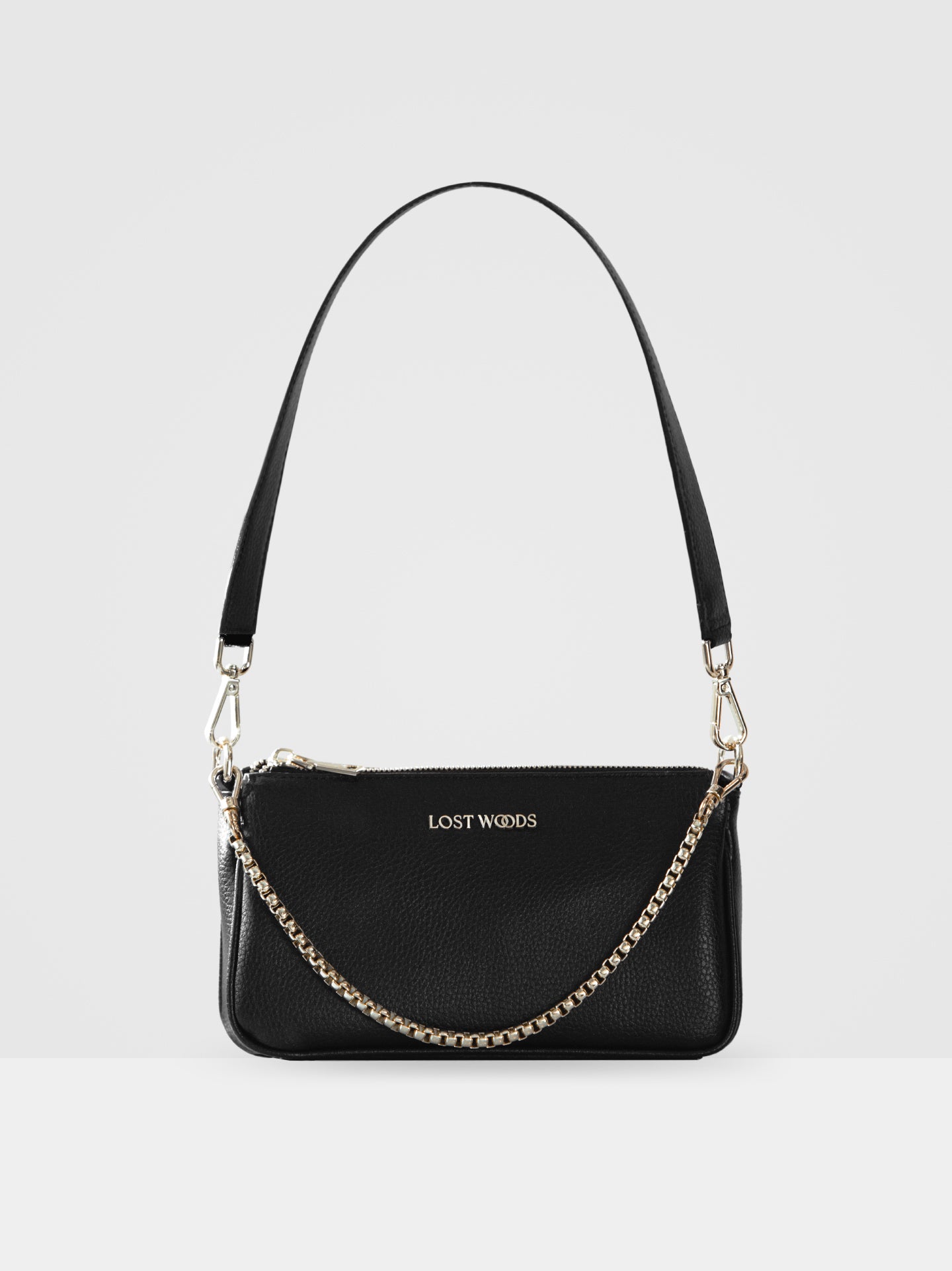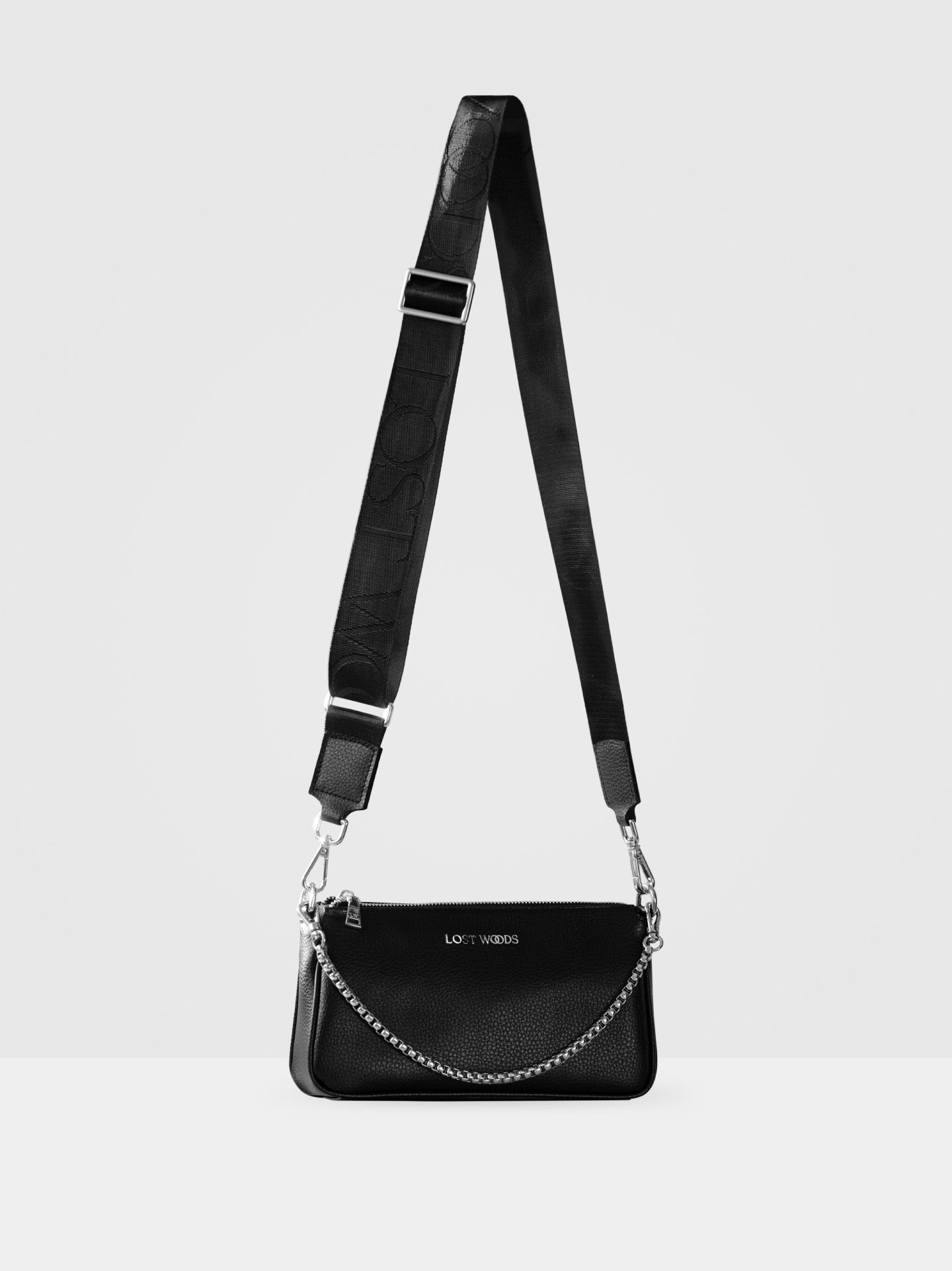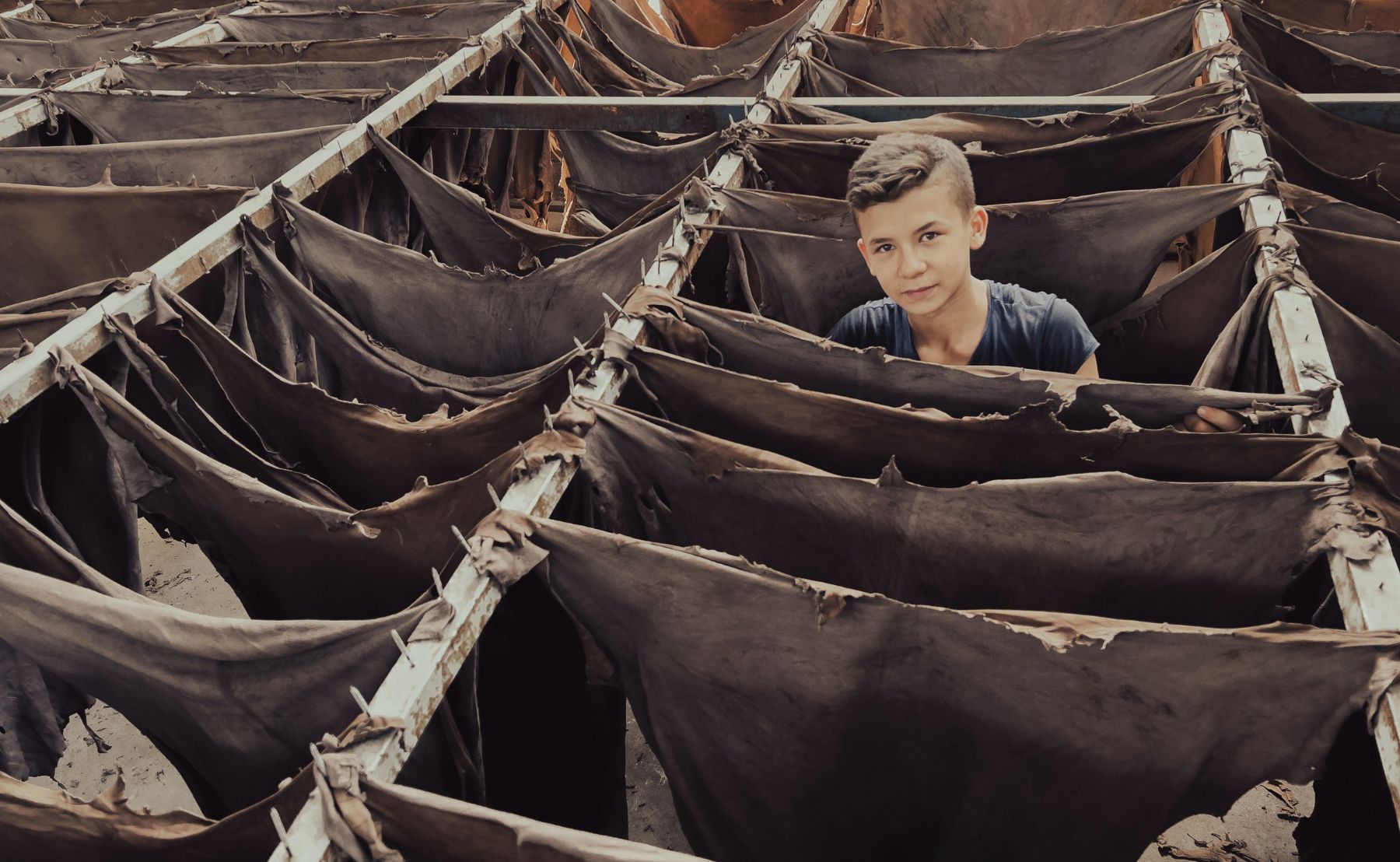What is vegan leather made of?
Regular vegan leather, the kind that you find in most retail stores, is simply plastic.
Faux leather or 'pleather', made from Polyvinyl Chloride (PVC) and Polyutherane (PU), has been rebranded as 'vegan leather' in recent years.
Although technically correct - plastic is made from petroleum, not animals - brands have been using the eco connotations associated with veganism to greenwash a fossil fuel based material and to make it seem like a new innovation.
A range of 'plant-based' vegan leathers have hit the market in recent years, made from pineapple, cactus, mushroom, apple and more. These materials are partially natural, but they still rely on percentage of plastic to achieve their durability.
Plastic is terrible for the environment, but so is animal leather (more on that below).
Animal lovers choose vegan leather to avoid funding animal abuse. Those indifferent to animal suffering choose animal leather, citing its longevity.

Plastic-free vegan leather is finally here
Introducing MIRUM®, a completely natural vegan leather alternative made from:
- 47% natural tree rubber
- 26% natural fibres and fillers
- 27% plant oils and waxes
- Backed with natural cotton
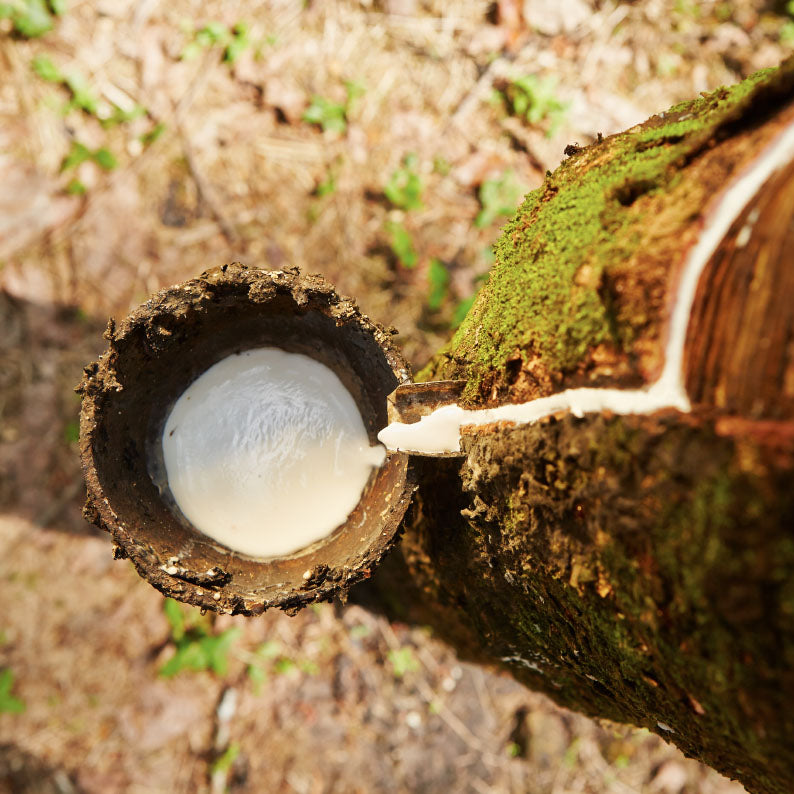
The main component of MIRUM® vegan leather is natural rubber, aka rubber tree sap.
Sustainably managed rubber farms can actually result in net negative carbon emissions, because of the carbon that the trees absorb from the atmosphere.
Other ingredients include charcoal, clay, quartz, leaves, plant oils and similar natural inputs.
The first truly sustainable vegan leather

MIRUM® is the gold standard of vegan leathers. It's up to 10 times less greenhouse gas emitting than conventional animal or plastic leather.
It's made by a company called Natural Fiber Welding (NFW) at their renewable energy powered factory in the USA. It requires no water during in production, and emits no wastewater.
MIRUM® is the first material of its kind that is both 100% recyclable and 100% circular in nature - it can be endlessly recycled into new MIRUM®.
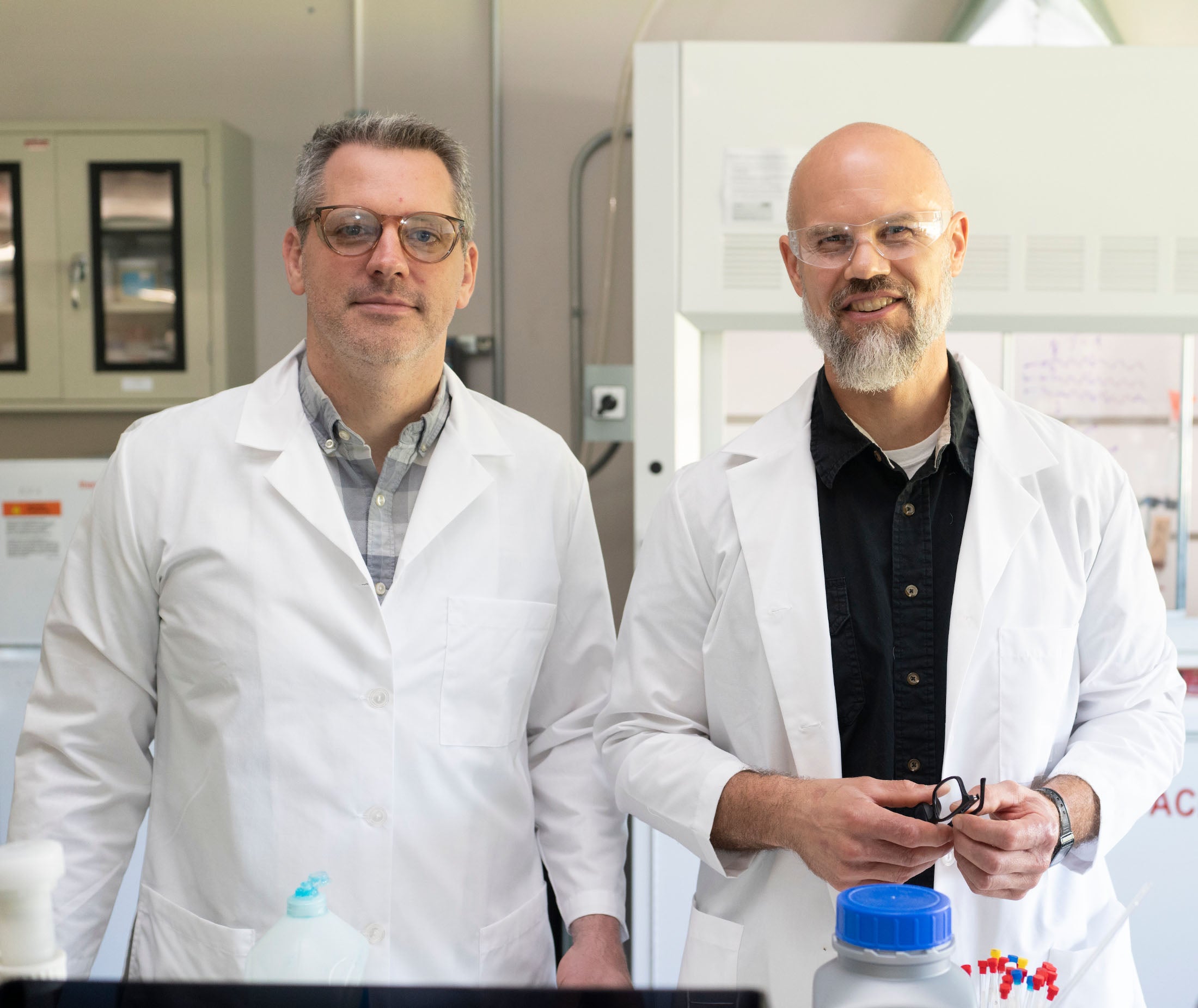
Invented by a chemist in the United States - Dr Luke Haverhals figured out how to mould and shape natural materials into new forms, without losing the intricate natural structures that made them strong and flexible.
Dr Haverhals and his CTO Aaron Amstutz recently won a prestigious IPOEF Inventor of the Year award - succeeding a high calibre of previous winners, including the inventors of vaccine mRNA technology.
Is vegan leather durable?
Plastic-based faux vegan leather has a reputation for flaking and cracking.
What about this new plastic-free vegan leather?
MIRUM® is engineered, scientifically tested and proven to be strong, water-resistant and of uncompromising quality. Interestingly, MIRUM® is too hard-wearing to be classified as biodegradable under law. But so is a tree! Just as you don't want your wooden house or furniture to break down whilst you're using it - leather should be made to last.
Hear from BMW
The NFW team have been working with BMW to stress test the material under every imaginable condition.
“Natural Fiber Welding has developed an innovative process of converting plants into all-natural, 100% recyclable material that mimic all the properties of traditional leather, yarns and foams. Having a scalable, cost-competitive alternative to leather with premium qualities is key to further advancing the decarbonization of the automotive industry”, said Kasper Sage, managing partner at BMW i Ventures.
Why is animal leather unsustainable?
Deforestation
Farming hundreds of millions of animals requires a lot of space - cattle ranching for beef and leather is the biggest driver of deforestation in the world.
Emissions
The UN estimates that livestock production accounts for about 14.5% of all human-induced emissions, and methane from cows is 28x more potent than CO2 at trapping heat in the atmosphere.
Water wastage
Between raising the animal and processing the skin, the Water Footprint Network estimates that it takes 17,000 litres of water to produce 1 kg of leather.
Pollution
Animal waste runoff can pollute waterways, harming aquatic ecosystems and contaminating drinking water. Leather tanneries use harmful chemicals, contributing to air and water pollution.
Worker exploitation
The leather industry primarily operates in developing countries, where it has faced criticism for worker abuses, including unsafe conditions, child labour, inadequate wages, & chemical exposure.
Animal abuse
Demand for leather has skyrocketed in recent years, fuelling the killing of animals specifically for their hides. In some cases, rare and exotic species are targeted, pushing them closer to extinction.
Cattle grazing is responsible for 80% of the deforestation in the Amazon. Lost forests lead to lost biodiversity and less CO2 absorption.
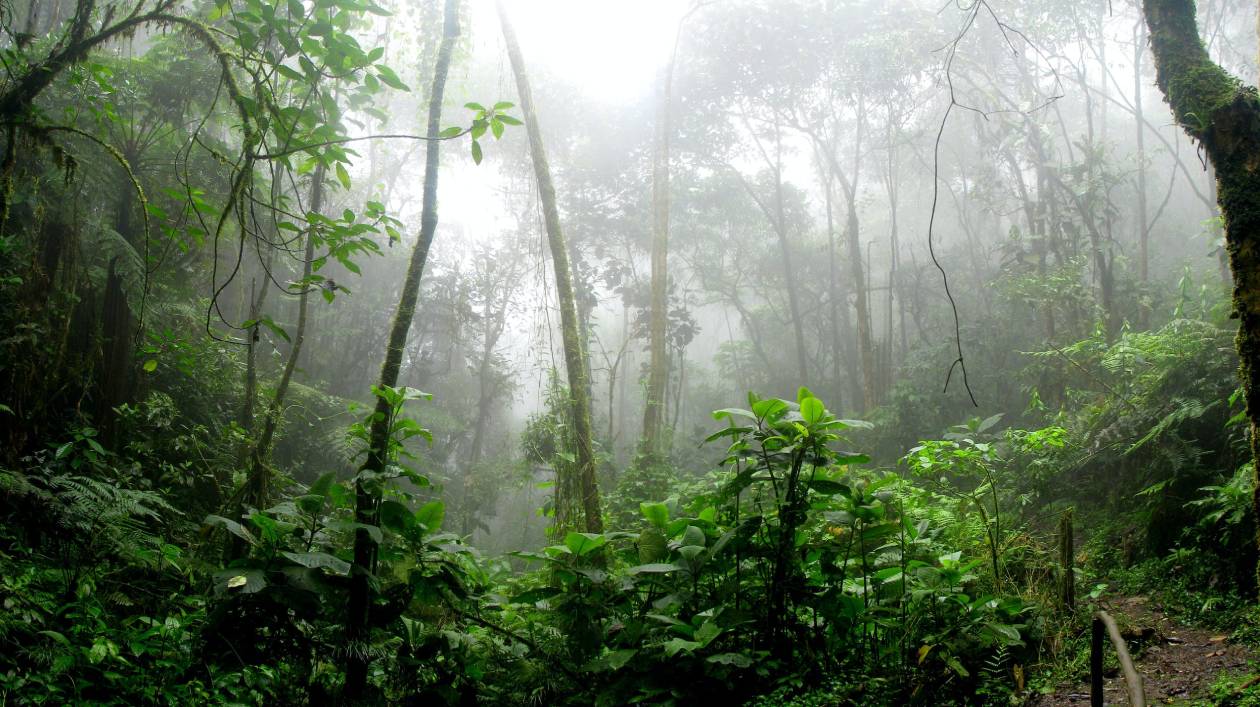
Before
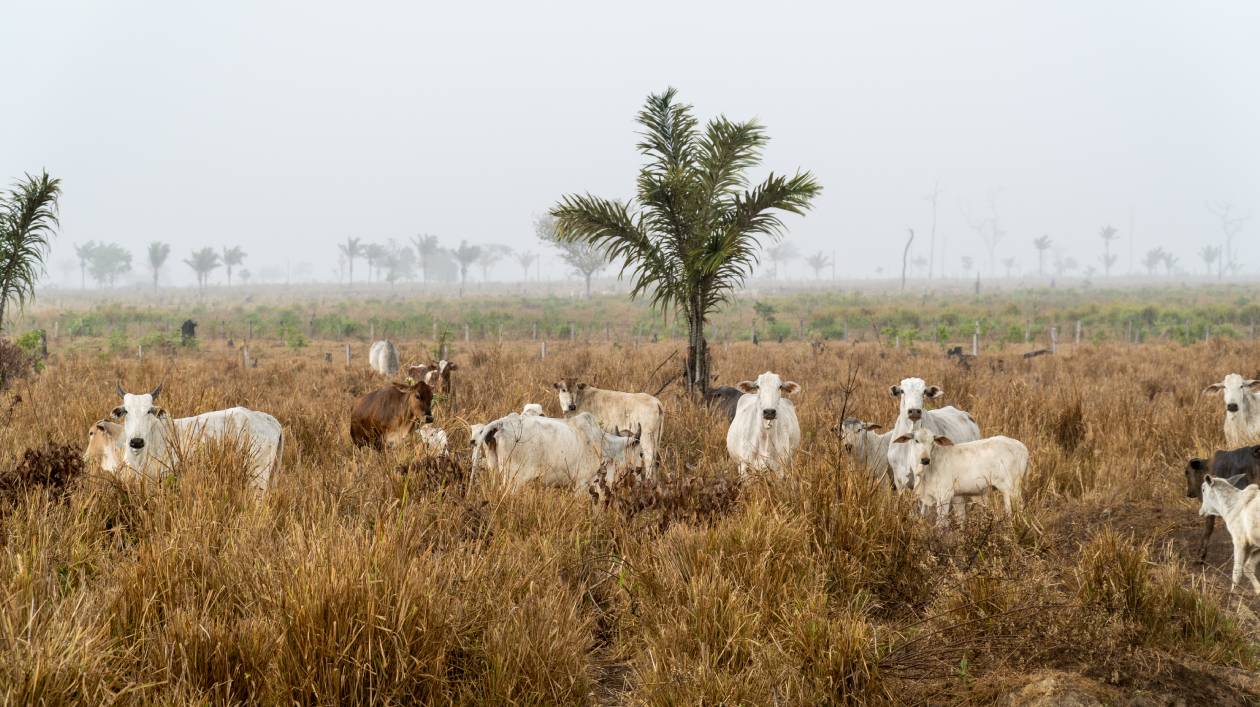
After
Where to shop plastic-free vegan leather
You can shop the full directory of MIRUM® products here
We offer a collection of luxury handbags made from MIRUM® that you can check out below:
Vegan Handbags
If I can't afford plastic-free vegan leather, what is my best option?
MIRUM® is marvellous, but it's expensive.
Unfortunately, this is true for every new technology that has required years of research and development, and is only currently produced in small batches.
Achieving price parity with animal leather and plastic faux leather is not realistic (for a long time at least) because of the massive infrastructure and investment already possessed by the gigantic animal agriculture and petroleum industries.
The Global Fashion Agenda, a Copenhagen-based not for profit, is the world’s foremost leadership forum for global collaboration in sustainable fashion, working with industry giants, such as H&M and Target, towards a more sustainable fashion future. T
heir ‘The Pulse of the Fashion Industry 2017’ report, produced with the Boston Consulting Group, analysed the cradle to gate environmental impact of the fashion industry’s most common textiles. The research found that cow’s leather is the most environmentally destructive textile to produce.
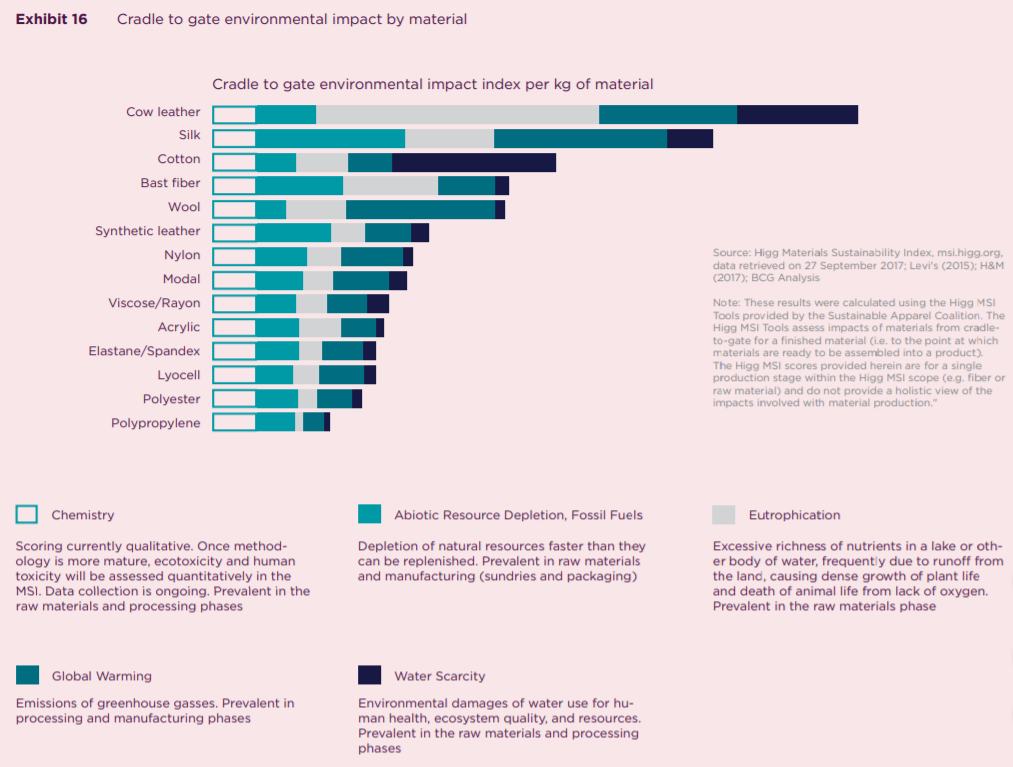
This report was based on production, so there is still the end of life to consider. Plastic takes forever to break down, and when it does, it introduces harmful microplastics to the environment.
Animal leather, on the other hand, might be perceived as a 'natural' product. However, many leather goods are treated with dyes, finishes, and other chemicals to enhance their appearance, durability, and water resistance. These treatments can slow down the decomposition process and potentially introduce toxins to the environment.
On balance, considering the production impact and animal suffering caused by the leather industry - faux leather wins. However, tread with caution. Leather isn't an essential - consider buying second hand products or other textiles.
If you have the means, consider saving up to support the growth of a sustainable option like MIRUM®.
FAQs
Plastic-based faux vegan leather has a reputation for flaking and cracking. However, next generation plastic-free materials like MIRUM® have incredibly impressive technical specifications, and are already being used by prestigious brands with high standards such as BMW. Interestingly, whilst MIRUM® is completely natural, it is too hard-wearing to be classified as biodegradable under law. But so is a tree! Just as you don't want your wooden house or furniture to break down whilst you're using it - designer leather accessories should be made to last.
Most vegan leather currently available in physical retail stores is indeed plastic. However, plastic-free vegan leather has now been invented - made from natural rubber, plant fibres, fillers, waxes and oils. Innovative designers around the world are creating products made from this new material called MIRUM®. See the directory here.
Faux leather and vegan leather are one and the same. Faux leather or pleather has been made from Polyvinyl Chloride (PVC) and Polyutherane (PU) since the 1930s, but it has been rebranded as 'vegan leather' in recent years. One might speculate that brands are trying to use the eco-connotations associated with a vegan lifestyle to greenwash their plastic-based product. Lucky plastic-free vegan leather now exists! Scroll up to read about MIRUM®.
Yes, faux leather and vegan leather are one and the same. The word 'faux' signifies that the material is designed to imitate animal hide, but is instead made from plant-based or synthetic ingredients.
Yes, PU (polyurethane) leather is vegan. PU leather is a type of faux leather that uses a polymer instead of animal skin. It's created without harming animals, making it a popular choice for those seeking animal-friendly alternatives. However, while it's vegan, there are environmental concerns associated with the production and disposal of PU leather, as it's a type of plastic and can take a long time to degrade.
No, vegan leather is not real leather. 'Real' leather is made from animal hides or skins, while vegan leather is made from synthetic or plant-based materials. Vegan leather is designed to mimic the appearance and texture of real leather without using animal products. Common materials used for vegan leather include plastic (PU and PVC) and partially plastic-free materials like cactus, mushroom and pineapple leathers. The first completely plastic free vegan leather, called MIRUM®, recently hit the market and is available from select designers.

